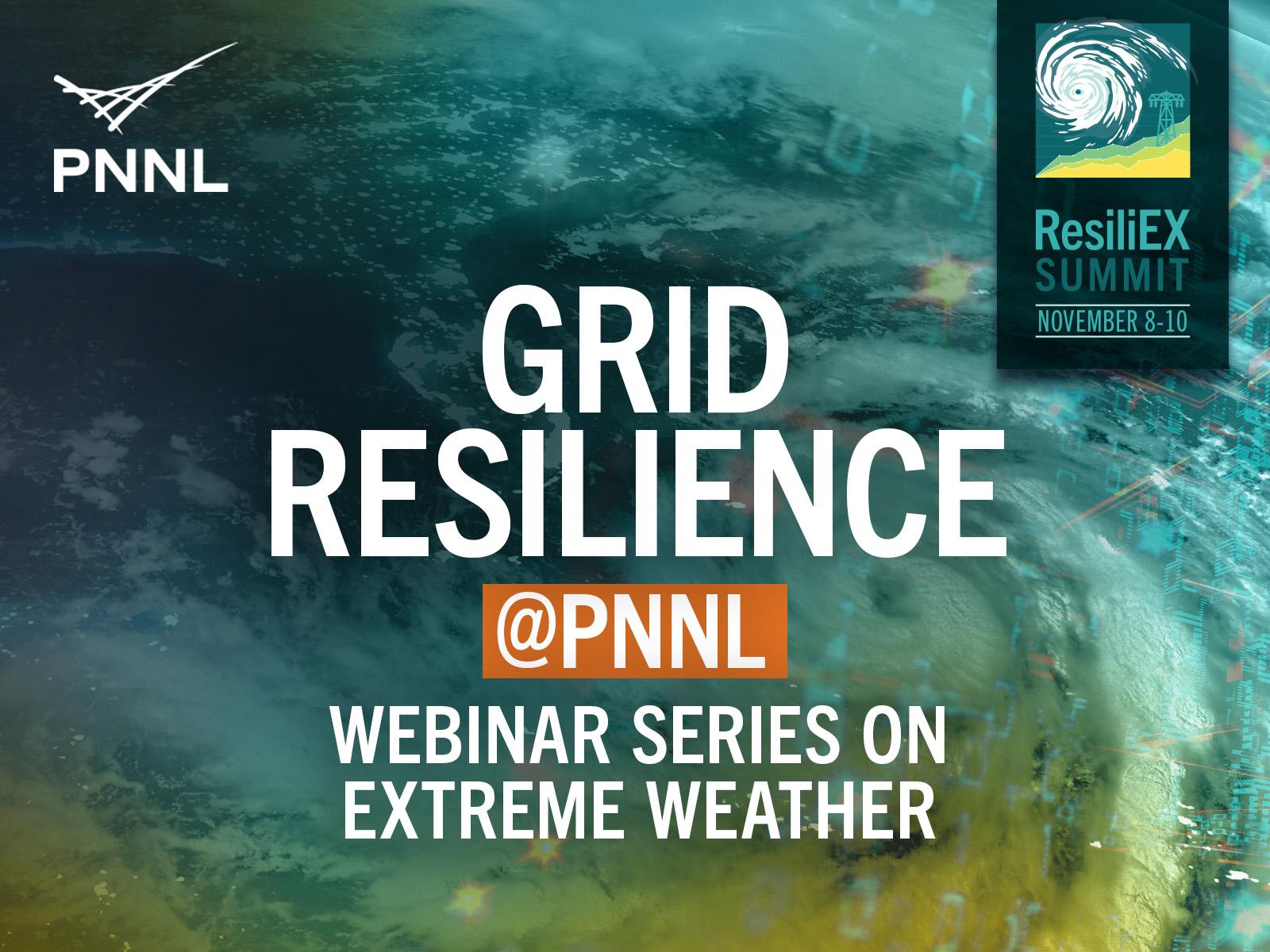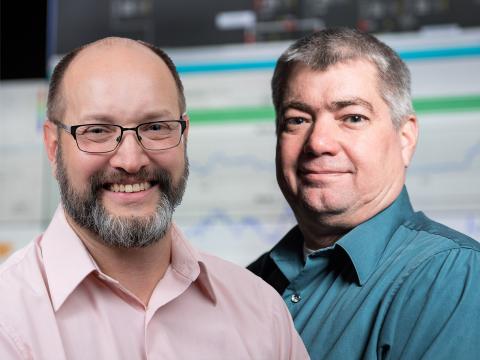Grid Resilience @ PNNL Webinar Series
Featuring the Laboratory’s foremost experts in grid resilience to extreme weather, from planning to response and recovery

The Grid Resilience @ PNNL webinar series is taking place on Tuesdays from August 30 - October 25, 2022.
(Image: Pacific Northwest National Laboratory)
October 11 - October 25, 2022
Lab-Level Communications Priority Topics
Grid




